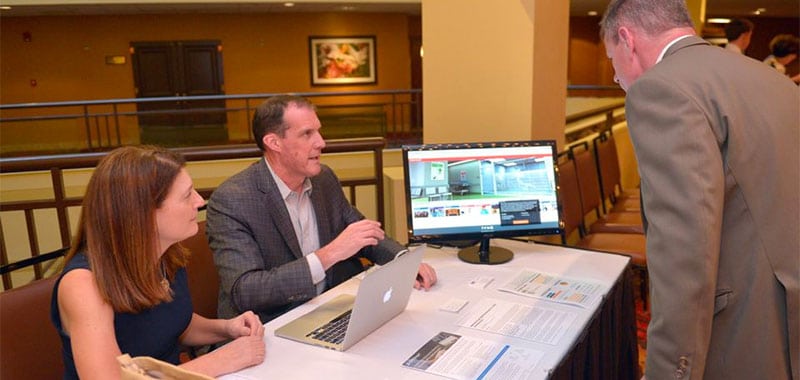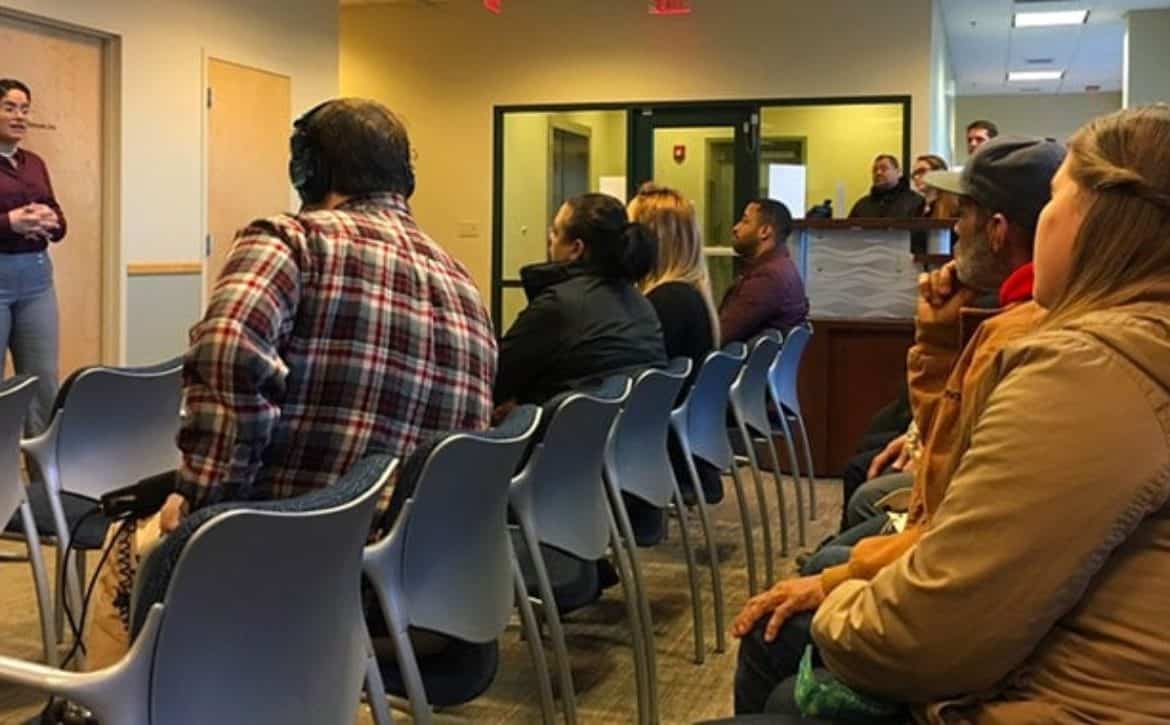 First published by HR Dive, July 26, 2018.
First published by HR Dive, July 26, 2018.
In 2013, Laszlo Bock, then senior vice president of people operations at Google, revealed to The New York Times in an interview something most businesses probably already knew: GPAs were “worthless as a criteria for hiring, and test scores are worthless — no correlation at all except for brand-new college grads, where there’s a slight correlation.”
Five years later, many employers still rely on GPA to forecast success in the workplace.
A recent study by Kingsley Leadership Academy suggests only 12% of those surveyed at the C-suite level think grades are an important consideration when hiring new employees. But for new grads, GPA is overwhelmingly highlighted on the CV or resume. With few other selling points to offer, the inclusion can be demonstrative of their work ethic and commitment. And in some areas, like academia or finance, the data may be significant.
But in many cases, GPA may be a false indicator of potential success as well as a potential risk for discrimination. “Proxies — like degree credentials or minimum GPA’s — ineffectively evaluate talent and artificially cull the candidate pool,” Mike Knapp, CEO at SkillSmart, told HR Dive in an email. “Skills-based hiring is more efficient, less risky, and better suited to today’s skills economy than job boards or traditional resumes.”
As more workers pursue self-guided learning and online courses, the skills-based model will become even more relevant, and GPAs less so, he said.
New and recent grads
“We are still seeing candidates placing GPA on resumes,” Bill Kushner, manager, Administrative and Human Resources Direct Hire Division at the Addison Group, told HR Dive in an email. “That said, it is more prevalent in candidates with under 10 years of experience and with individuals that carry higher GPAs.”
How long candidates leave it on a resume depends entirely on your GPA, Kushner says. Candidates that had a GPA under 3.5 would likely not put it on a resume, while those with GPAs above 3.5 are more often recommended to keep it on the resume. Companies primarily within the financial services and professional services space place more emphasis on GPA than other industries, Kushner said.
“Skills acquired through hands-on projects, volunteerism, extracurricular activities, or internships/work experience are far more valuable indicators of the skills they would bring to the workplace — and not reflected in a GPA score,” Knapp said.
What are you doing with the data?
In the absence of other real indicators of an applicant’s skills and abilities, hiring managers often use the GPA as a proxy for the work skills they hope an applicant has acquired, Knapp said.
“Unfortunately, using the GPA as a screening method often takes qualified, skilled applicants out of the candidate pool,” Knapp added. “When employers rely on traditional — and often unnecessary — proxies like degree or GPA requirements, they shut out entire portions of the workforce from opportunity and limit their access to a skilled labor pool.”
He warned that at a time when there are more open jobs in the United States than people to fill them, these types of requirements can arbitrarily reduce the pool of applicants and may have a disproportionate impact on all protected classes.
Kushner suggests using GPA as a portion of the hiring equation, but not as the final determinant. “It is weighed in conjunction with the experience level of the candidate,” Kushner said. “Typically with candidates with only a year or two of experience, their GPA represents what most likely is their largest body of work to date, and as such, will be weighed more heavily than that of individuals with a few years of relevant experience.”
Potential pitfalls
GPA, like so many other “rules” for employment, could put businesses at risk.
“Scored tests have long been used by employers to make employment selection decisions, and have just as long been challenged by job applicants as having a discriminatory impact on protected classifications,” Allison Kahn, labor and employment attorney at Carlton Fields, told HR Dive in an email. “While GPAs are not a traditional scored test, this measure may also be subject to non-discrimination laws if used as selection criterion for a position.”
A claim must show statistical evidence that supports disparate impact, but there are defenses employers can make to protect their hiring policies and practices.”For example, employer proof that the selection procedure, like GPAs, is ‘job-related and consistent with business necessity’ may defeat employer liability, particularly where there is no less discriminatory alternative that would predict job performance,” Kahn said. The responsibility is on the employer to provide evidence that GPA is a business necessity to avoid liability.
Luckily, employers have a few resources available to analyze whether GPAs should be used as a selection criterion for a position. The EEOC has a fact sheet on Employment Tests and Selection procedures with best practices that may be useful for employers considering whether to rely on an applicants’ GPAs as selection criteria. The Uniform Guidelines on Employee Selection Procedures (UGESP) for employers can also help determine if selection procedures are lawful under a disparate impact theory.
Hiring holistically
While companies may not yet be shying away from GPA, more are becoming focused on a holistic approach to a candidate’s background. Recruiters would be wise to consider GPA as only part of the equation, experts said; experience, education, and ability to learn new processes, concepts, and technology should round out the decision making process.
The Kingsley data reveals C-suite level managers defer to other traits in favor of GPA. Work ethic was cited by 60% of respondents, while 45% cited teamwork as the most important skills. Leadership ranked around 55% for professional services and manufacturing companies. And in large firms, grades were relied on only to determine where the candidate’s expertise lies. For leadership roles, the focus is on people management, creativity and cognitive flexibility.
For Kushner, GPA is a data point in a data series. Using only GPA, he says, “eliminates candidates that may have strong related or transferable experience that have the potential to make an immediate positive impact on the business.”
Read Full Article
Learn More








 First published by
First published by 
 First published by
First published by 
 First published by
First published by 



 Veterans and their spouses have the right skills.
Veterans and their spouses have the right skills.